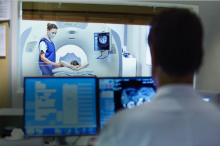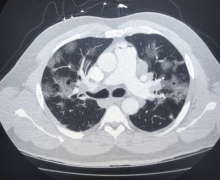The term enterprise imaging (EI) entered our industry’s vernacular about a decade ago. It was introduced both as a concept and as an approach to managing patient images across the care continuum.
If you enjoy this content, please share it with a colleague
- Read more about The Journey of Enterprise Imaging
- Log in or register to post comments








